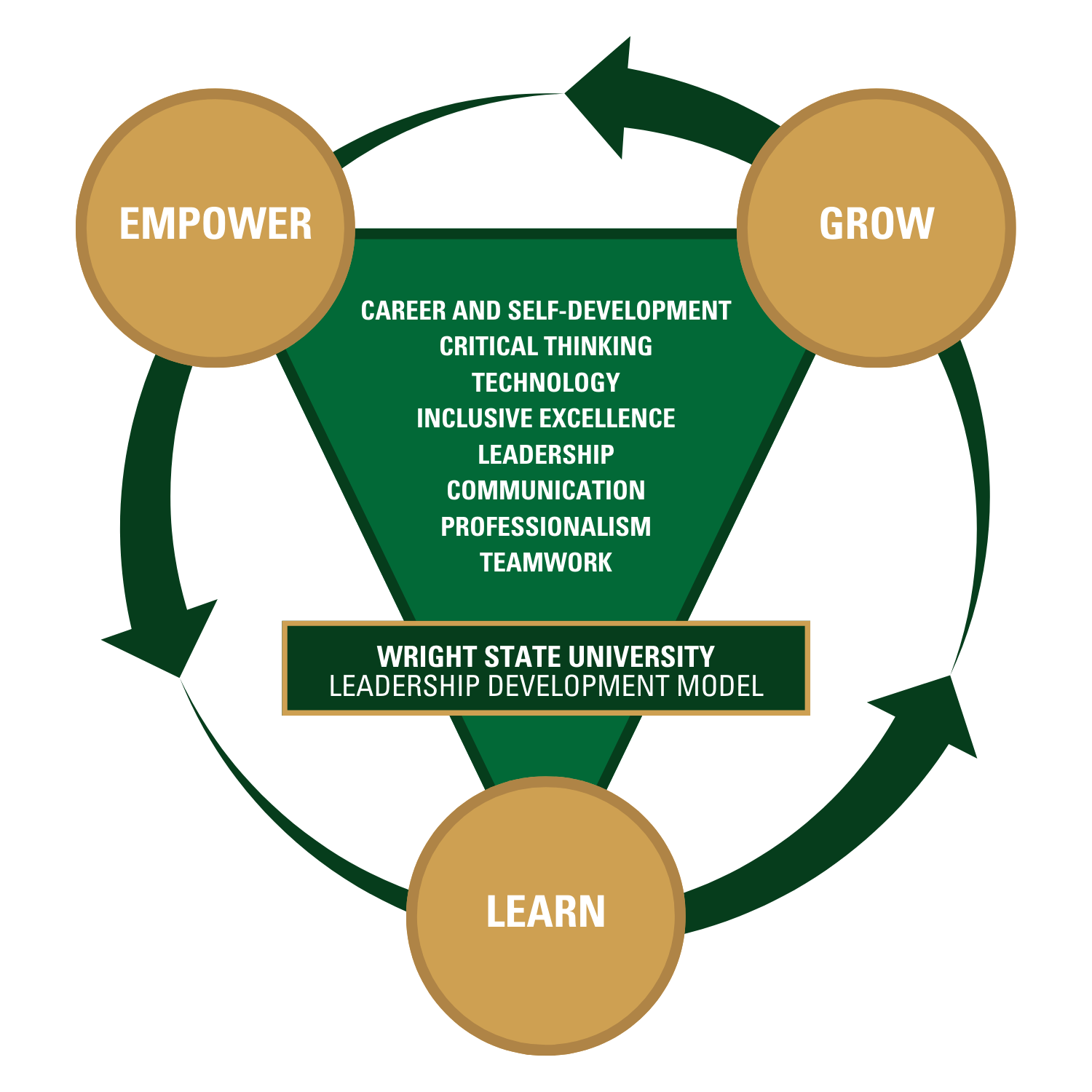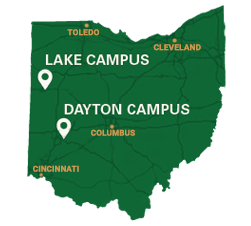Leadership Development Model


The Leadership Development Model provides a framework for addressing career-related goals and outcomes for co-curricular activities.
This model provides a road map for integrating co-curricular learning into a student's university experience. It is designed to make co-curricular learning more salient to students and, in time, help students articulate their career skill competency to potential employers. This is demonstrated through the Career Readiness Competencies.
The core outcome of the model is to recognize the critical value of career readiness skills regardless of a student's academic major or the type of future employer. The model is also designed to facilitate a higher order of learning. As the student progresses through the model, they can exhibit progressive skill development. This is demonstrated through the Leadership Domains.
The model requires students to recognize their new abilities and to demonstrate their learning to others.
Leadership Philosophy
At Student Involvement and Leadership, we understand leadership as an ongoing practice that starts with honest self‑reflection, grows through collaborative relationships, and results in shared action that benefits the broader community. Our programs equip every Wright State student to translate personal values into purposeful vision, engage multiple perspectives in decision‑making, and question existing processes with curiosity and courage.
Leadership Domains
As students progress through the Leadership Development Model, students progress through structured learning based on the depth of their involvement. Leadership programs are developed to foster a learning environment for a more profound development of skills. The leadership domains facilitate learning through career readiness competencies. Further, as students learn and grow their skills and achieve a certain level of mastery, they should empower others to develop a practical articulation of skills.

Learn
Students will explore a wide range of new communities and opportunities to clarify personal values, cultivate belonging, and begin acquiring foundational interpersonal, analytical, and intercultural skills through purposeful participation and reflection.
- Awareness of the skill: The student becomes aware of the skill and their level of competency in it.
- Acquiring the skill: The student establishes a baseline for competency in the skill.
Grow
Students will deepen competencies by applying knowledge in collaborative contexts, integrating feedback to strengthen teamwork and ethical decision-making, and demonstrating greater autonomy and confidence while advancing shared goals.
- Applying the skill: The student puts this skill into practice.
- Advancing the skill: The student refines the skill, including teaching it to others.
Empower
Students will leverage their developed abilities to effect positive change, mentor emerging leaders, and articulate the collective impact of their efforts on campus and in the wider community while fostering a culture of continuous learning and civic responsibility.
- Articulating the skill: The student can explain the full spectrum of skill development related to this skill, including how the skills were acquired and how it has been applied and mastered.
Career Readiness Competencies
The core function of the Leadership Development Model is career readiness. Career readiness is key to ensuring successful entrance into the workforce for new college graduates. For employers, career readiness plays a vital role in sourcing talent and identifying critical skills and abilities across all job functions; similarly, career readiness offers employers a framework for developing talent through internships and other experiential education programs.

